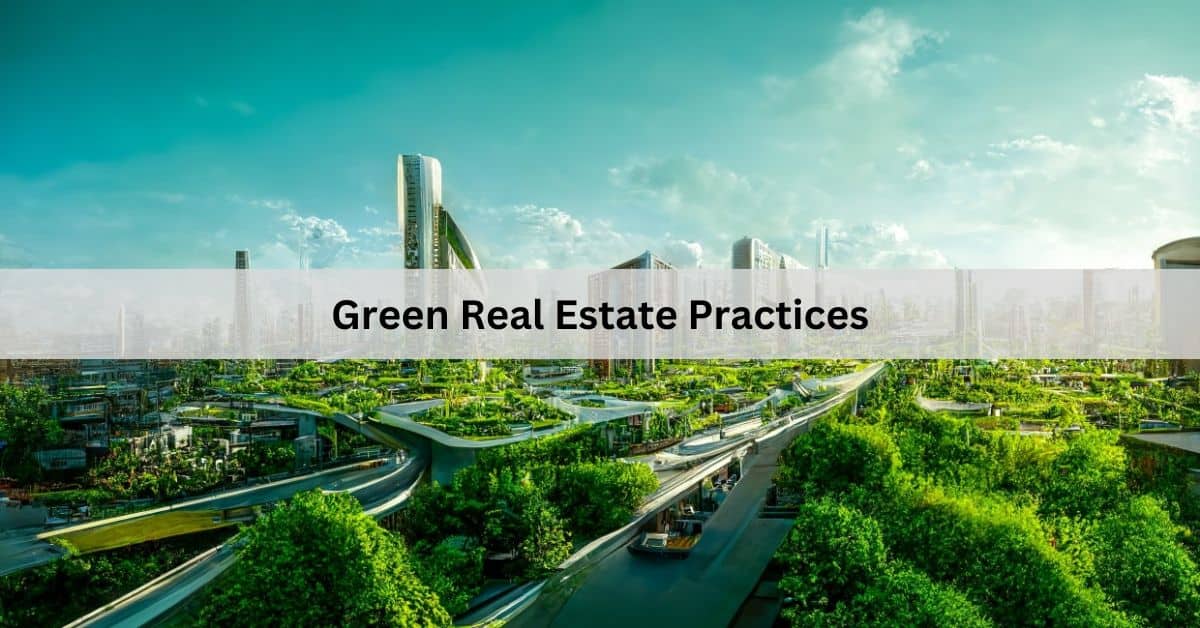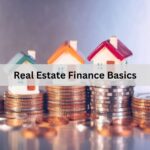In today’s world, where environmental consciousness is more than just a trend, green real estate practices have emerged as a pivotal force shaping the future of urban development. From eco-friendly building materials to energy-efficient designs, the shift towards sustainable living is not only transforming the way we build homes and offices but also how we perceive and value real estate.
Understanding Green Real Estate
Green real estate encompasses a spectrum of practices aimed at minimizing the environmental impact of buildings throughout their lifecycle. This includes everything from construction and renovation to operation and demolition. Key principles include energy efficiency, water conservation, use of renewable energy sources, and the incorporation of recycled and non-toxic materials.
Benefits of Green Real Estate Practices
- Environmental Sustainability: By reducing carbon footprints and preserving natural resources, green buildings contribute positively to the environment.
- Cost Efficiency: Although initial costs might be higher, green buildings typically have lower operating costs due to reduced energy and water consumption.
- Health and Well-being: Indoor air quality and natural lighting significantly impact occupant health and productivity, both of which are prioritized in green buildings.
- Market Demand: There is a growing preference among buyers and tenants for eco-friendly properties, increasing their market value and demand.
Key Features of Green Buildings
- Energy Efficiency: Incorporating technologies like LED lighting, smart thermostats, and solar panels to minimize energy use and maximize efficiency.
- Water Conservation: Implementing low-flow fixtures, greywater recycling systems, and drought-resistant landscaping to reduce water consumption.
- Material Selection: Choosing sustainable and locally sourced materials with minimal environmental impact, such as bamboo flooring or recycled steel.
- Waste Management: Designing for reduced waste generation during construction and demolition, and promoting recycling and reuse.
Trends in Green Real Estate
- Certifications and Standards: Buildings aiming for LEED (Leadership in Energy and Environmental Design) certification or meeting Energy Star standards are increasingly common.
- Innovative Technologies: Advancements in green technologies such as geothermal heating, green roofs, and advanced insulation materials are shaping the future of sustainable architecture.
- Policy and Regulation: Governments worldwide are introducing incentives and regulations to promote green building practices, further driving adoption.
The Future of Green Real Estate
As the global population continues to urbanize, the demand for sustainable living spaces will only grow. Developers, architects, and investors are increasingly integrating green practices into their projects not only to comply with regulations but also to meet the expectations of environmentally conscious consumers.
In conclusion, embracing green real estate practices isn’t just a choice; it’s a responsibility towards future generations and the planet we call home. By prioritizing sustainability, we can create healthier, more efficient, and ultimately more desirable living and working environments. As the industry evolves, so too will our understanding and implementation of what it means to build responsibly in the 21st century.



